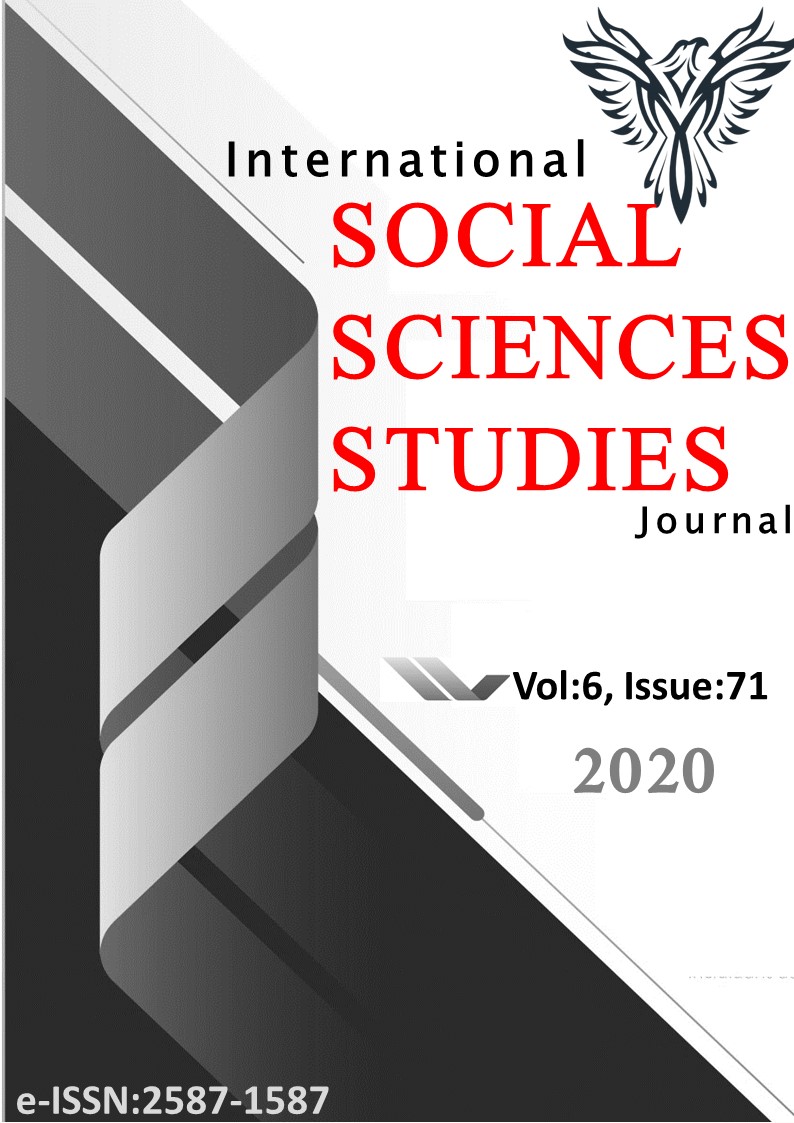Author :
Abstract
Bu çalışma ile çözeltilerde kavram yanılgıları ele alınmıştır. Kavram yanılgısının ne olduğu, genel özellikleri ve çözeltilerde hangi kavram yanılgılarının olduğu tartışılmıştır. Bu çalışma Çözeltiler konusu ile ilgili kavram yanılgılarını tespit etmek amacıyla yazılmıştır. Çalışmada tarama yöntemi kullanılmıştır. Araştırma Erzurum Merkez’de bulunan 5 lisede yapılmıştır. Araştırmanın örneklemini 10. Sınıflarda bulunan 291 lise öğrencisi oluşturmaktadır. Öğrencilere 20 sorudan oluşan çoktan seçmeli “Çözeltilerde Kavram Başarı Testi Hazırlama ve Uygulama” ölçeği uygulanmıştır. Çözeltiler Kavram başarı testi sonuçları için güvenirlik analizi yapılmıştır. Analiz sonuçları frekans ve yüzde oranı değerleri olarak tabloya dönüştürülmüş, daha sonra değerlendirilerek yorumlanmıştır. Araştırmada elde ettiğimiz nicel verilerin analizi, istatistiksel veri analizi programı ile yapılmıştır. Araştırmanın bulguları çözeltiler konusu için yanılgılarının neler olduğunu tespit etmiştir. Çalışmadan elde edilen sonuçlar literatürdeki benzerlik ve farklılıklar açısından karşılaştırılarak tartışılmıştır. Yapılan analizler sonucu çözeltinin dibinde çözünen madde kaldığı zaman o çözeltinin aşırı doymuş çözelti olduğu ve çözünme kavramı ile erime kavramının aynı anlama geldiği gibi kavram yanılgıları tespit edilmiştir. Bulgulardan elde edilen sonuçlarla kavram yanılgılarının tespitine yönelik öneriler sunulmuştur.
Keywords
Abstract
This study deals with misconceptions in solutions. What is misconceptions, general properties and misconceptions in solutions are discussed. This study was written in order to identify misconceptions about the solutions. Screening method was used in the study. The study was conducted in 5 high schools in Erzurum. The sample of the study consists of 291 high school students in the 10th grade. Multiple choice 20 Concept Achievement Test in Solutions Preparation and Implementation oluş scale consisting of 20 questions was applied to the students. Solutions Reliability analysis was performed for concept success test results. The results of the analysis were converted into tables as frequency and percentage ratio values and then evaluated and interpreted. The analysis of the quantitative data obtained in the research was performed with statistical data analysis program. The findings of the research have identified what are their mistakes for solutions. The results obtained from the study were compared and discussed in terms of similarities and differences in the literature. As a result of the analyzes, misconceptions were determined that when the solute remained at the bottom of the solution, it was an over saturated solution and the concept of dissolution and melting had the same meaning. The results obtained from the findings and recommendations for the detection of misconceptions were presented.





